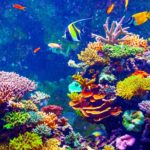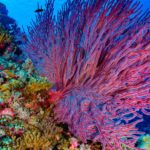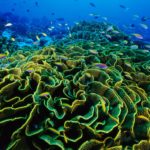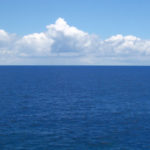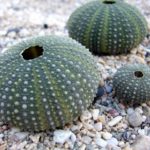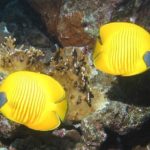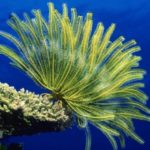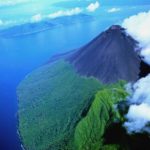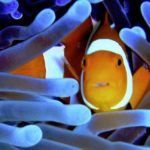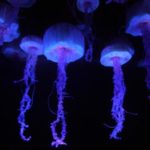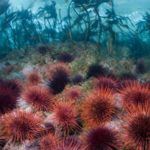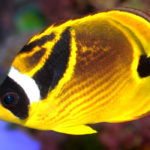Coral
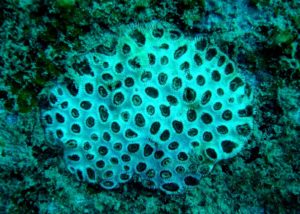 The corals number about five thousand species. And each species is remarkable in its own way. They live in colonies and separately, in shallow waters and in the depths, in the tropics and in the harsh Arctic waters. They build islands and serve as a home to a quarter of the world’s biological diversity. These are corals. They created that wonderful and wonderful world that they never cease to admire. This coral kingdom impresses the imagination with its fantastic, wild beauty.
The corals number about five thousand species. And each species is remarkable in its own way. They live in colonies and separately, in shallow waters and in the depths, in the tropics and in the harsh Arctic waters. They build islands and serve as a home to a quarter of the world’s biological diversity. These are corals. They created that wonderful and wonderful world that they never cease to admire. This coral kingdom impresses the imagination with its fantastic, wild beauty.
The most grandiose structure created by corals is the Great Barrier Reef, which stretches for 2000 kilometers in front of the northeastern coast of Australia. In these tropical waters, where the temperature never falls below 21 degrees, tens of thousands of years live, grow, die, year after year, laying more and more layers on the previous, billions and billions of tiny creatures. These are corals.
The Lagoon stretches beyond the Barrier Reef. With numerous islands – large and small, each with its own world. And on the Barrier Reef itself, the Pacific pushes down all its unbridled might, hurling huge waves on the reefs, thousands, hundreds of thousands of tons of water. This water takes sand from the reefs and carries it away with its current. Settling day by day, year after year, this sand forms coral deposits – new islands with snow-white tiny sand. If on such islet the wind brings also seeds of any plants, then vegetation can appear on it, which will protect the island from erosion. And then this island is provided with a long life. Birds will arrive, turtles will sail, other inhabitants will appear.
But where did this white sand come from? After all, limestone coral skeletons, which form a reef, do not look like sand at all. Of course, ocean waves do their job. But not only they. In the coral thickets there is a very curious fish. It’s called parrotfish. She eats corals. Her powerful jaws and teeth allow her to easily bite off polyps along with their skeletons. The skeleton of the polyp is ground into the sand and is excreted from the body. Well, the polyp is safely digested. For a year, one such fish lets through 150 kg of coral. But this is only one fish! And there are hundreds of thousands of them, millions. Here is the solution to the snow-white finest sand.
